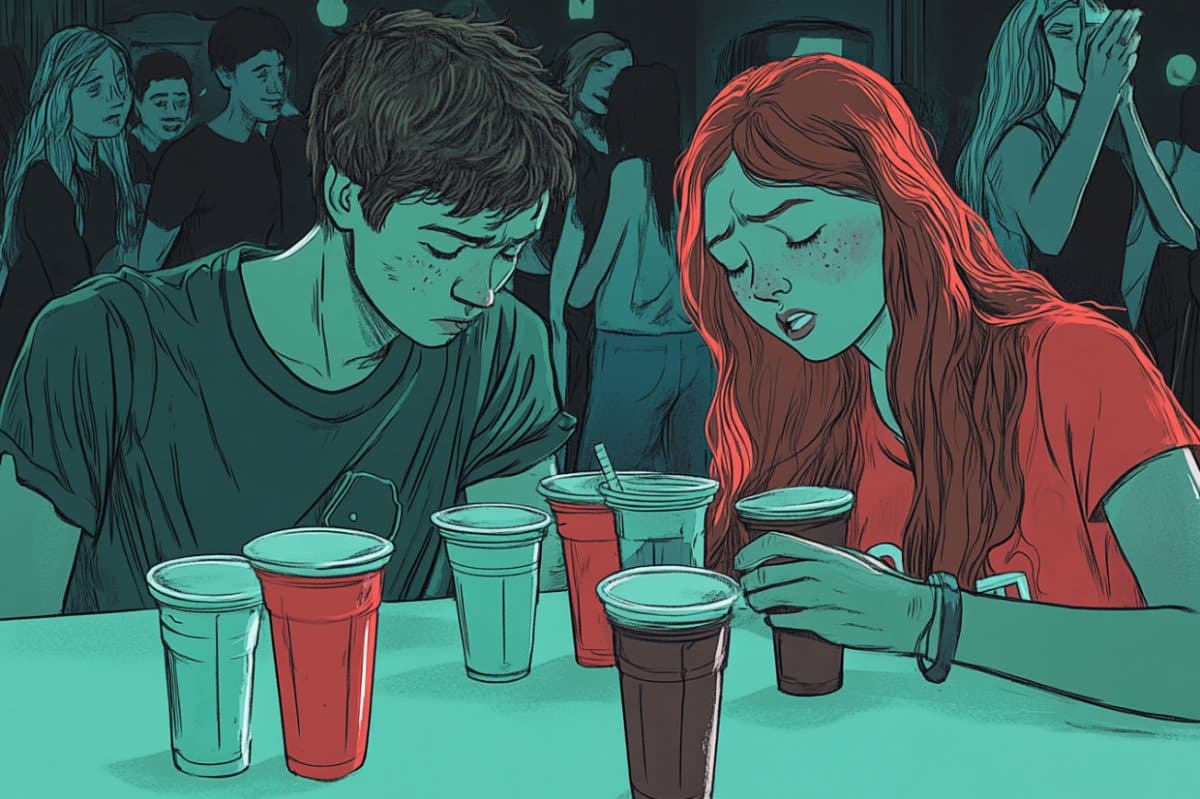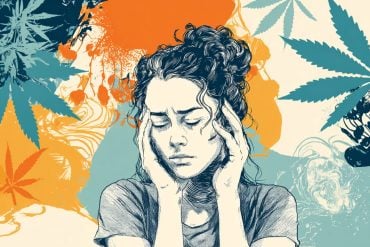Summary: A new study highlights how peer pressure and misperceptions about campus drinking norms can lead college students to drink more heavily than they intend. Many students believe their peers consume more alcohol than they actually do, which can increase risky behavior and negative outcomes.
However, using protective behavioral strategies (PBS)—like drinking slowly or avoiding drinking games—can help students stay in control, even when surrounded by heavy drinking culture. The research shows that these simple strategies significantly reduce alcohol-related harm and promote healthier decision-making, even when students feel pressure to conform.
Key Facts:
- Misperception Matters: Students often overestimate how much their peers drink, leading to risky behavior.
- PBS Works: Strategies like pacing drinks or skipping drinking games reduce alcohol-related harm.
- Healthier Outcomes: Regular use of PBS lowers risk for injury, academic problems, and alcohol misuse.
Source: UT Arlington
Growing up in a close-knit community in Ghana, Joshua Awua saw firsthand how strong social bonds could also bring pressure to fit in, especially when it came to alcohol.
“Social connection was everything, and sometimes that came with pressure to conform, including drinking,” said Dr. Awua, a postdoctoral research associate in The University of Texas at Arlington’s School of Social Work.
“I remember how hanging out with peers and even my older siblings often centered on drinking.”
That experience now fuels his research. Awua recently co-published a study with colleagues—including UT Arlington mentor Micki Washburn—titled “Perceived Norms and Alcohol-Related Consequences: The Moderated Mediation Roles of Protective Behavioral Strategies and Alcohol Consumption” in the journal Substance Use & Misuse.
The study explores how social influences, particularly peer pressure, impact substance use—and misuse—among young adults. A confidential online survey on alcohol use was given to 524 students at a large public university (not UTA).
College students are particularly at risk of misperceiving their peers’ alcohol consumption partly due to a variety of campus social events where alcohol is served such as parties, tailgating, and pre-gaming, which can influence their personal drinking outcomes by feeling pressured to keep up.
Protective behavioral strategies, known as PBS, can help college students make healthier choices around alcohol, Awua said, highlighting it as a key finding of the study.
“We might think our peers are having five or six drinks in a day, so we can also drink that amount,” Awua said.
“But it has been established that this is mostly inaccurate. That misperception can lead to heavy episodic drinking and negative consequences.”
To address those misperceptions, the study points to PBS techniques, such as drinking slowly and avoiding drinking games, as effective ways to reduce the influence of perceived norms.
Even when students believe their peers are drinking heavily, these strategies can help them stay in control and avoid risky behaviors.
“If we utilize some of these simple but effective strategies, we’re more likely to reduce the stress or the negative consequences associated with alcohol use,” Awua said.
The 2023 National Survey on Drug Use and Health (NSDUH) found that nearly half of full-time college students ages 18 to 25 reported drinking alcohol within the past month, with 29.3% engaging in binge drinking.
The consequences can be severe: An estimated 1,519 college students die each year from alcohol-related unintentional injuries, including motor vehicle crashes. Other outcomes include increased incidents of assault, academic problems and alcohol use disorder.
Those risks can be reduced by using protective behavioral strategies, Awua said.
“What the evidence shows, and what our study confirmed, is that once students begin to use these strategies, they reduce the risk of experiencing negative consequences like drunk driving,” Awua said.
“Ultimately, they’re supporting their own health by reducing risks. Over time, the consistent use of these strategies can help lower the overall rates of substance-related harm.”
About this alcohol use and psychology research news
Author: Drew Davison
Source: UT Arlington
Contact: Drew Davison – UT Arlington
Image: The image is credited to Neuroscience News
Original Research: Closed access.
“Perceived Norms and Alcohol-Related Consequences among College Students: The Moderated Mediation Roles of Protective Behavioral Strategies and Alcohol Consumption” by Joshua Awua et al. Substance Use and Misuse
Abstract
Perceived Norms and Alcohol-Related Consequences among College Students: The Moderated Mediation Roles of Protective Behavioral Strategies and Alcohol Consumption
Background: Alcohol-related Protective Behavioral Strategies (PBS), including manner of drinking, limiting or stopping drinking, and serious harm reduction strategies significantly moderate the relationship between several factors (e.g., drinking motives, alcohol expectancies) associated with alcohol use and alcohol-related problems.
However, it is currently unknown whether PBS can also moderate the relationship between perceived norms (i.e., descriptive and injunctive), alcohol consumption, and alcohol-related consequences.
Examining the moderating role of PBS in alcohol consumption is critical for integrating PBS into prevention efforts and improving the effectiveness of alcohol-related harm reduction approaches.
Methods: A confidential online survey on alcohol use was given to 524 college students at a large public university (Mage = 20.93; SD = 3.51; females = 75.38%).
Results: A moderated mediation analysis indicates that PBS aimed at avoiding excessive drinking (i.e., manner of drinking) significantly moderated the relationship between descriptive norms and alcohol use. It was also determined that the indirect effect of descriptive norms on alcohol consequences through alcohol consumption was weaker when manner of drinking use was high.
Thus, greater use of manner of drinking strategies reduces the strength of the association between descriptive norms, alcohol consumption, and alcohol consequences. However, injunctive norms were not directly associated with alcohol consumption and alcohol consequences.
Conclusions: Our findings show that promoting the use of manner of drinking strategies could be effective at reducing alcohol use and related problems among college students who perceive heavy drinking as normative.







